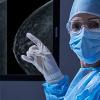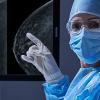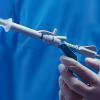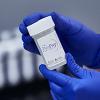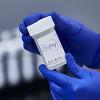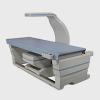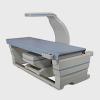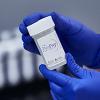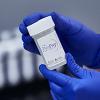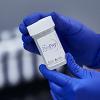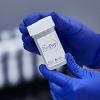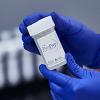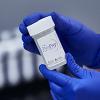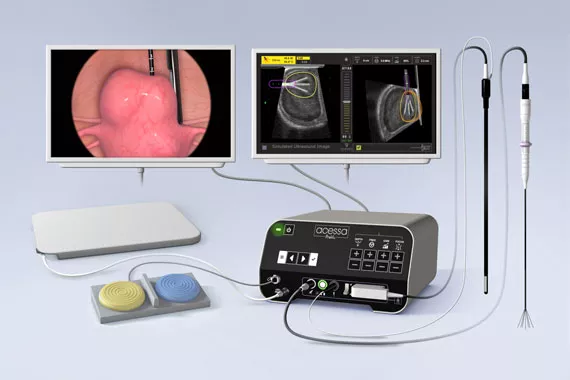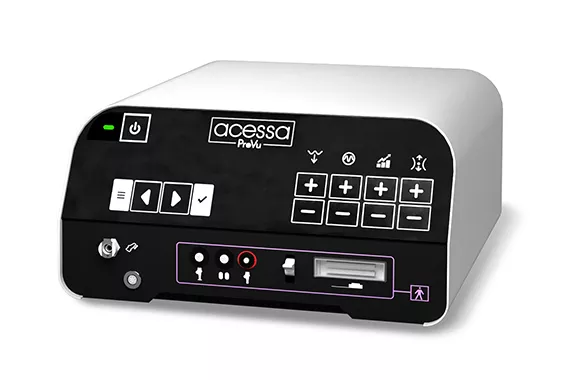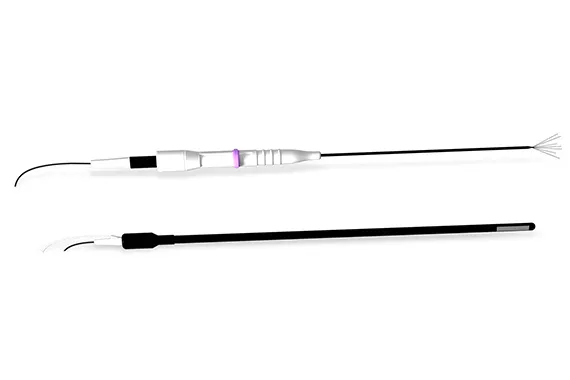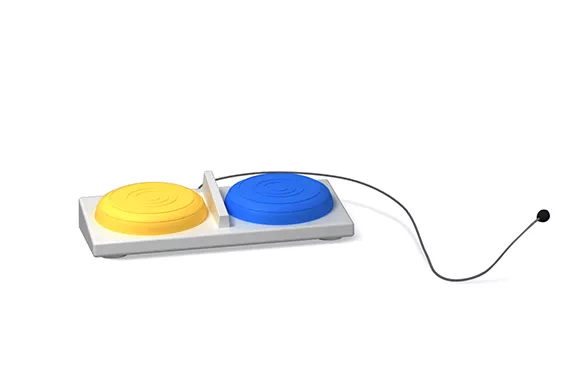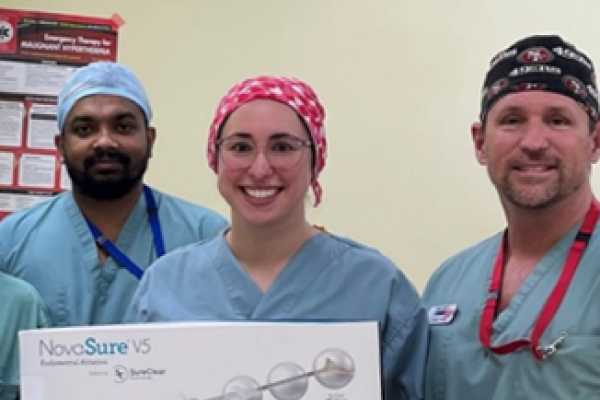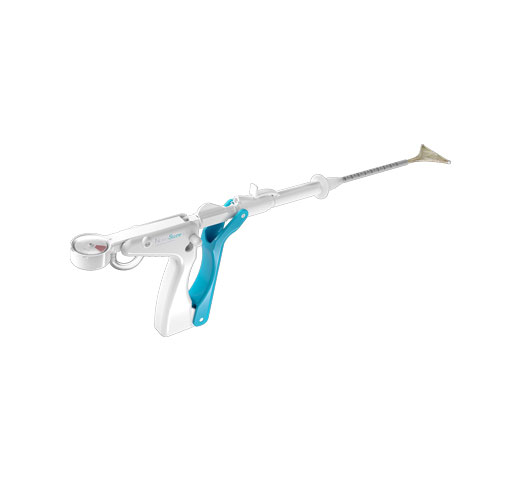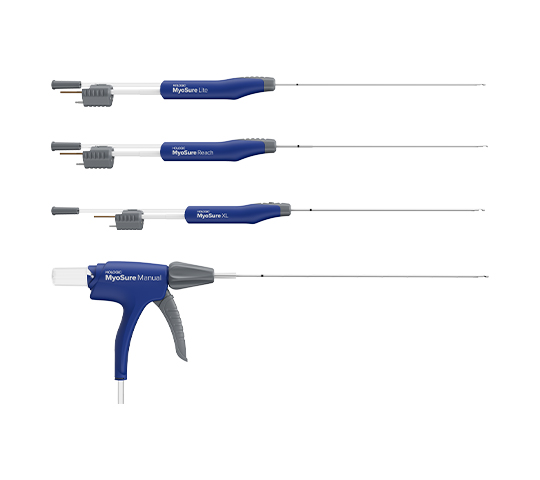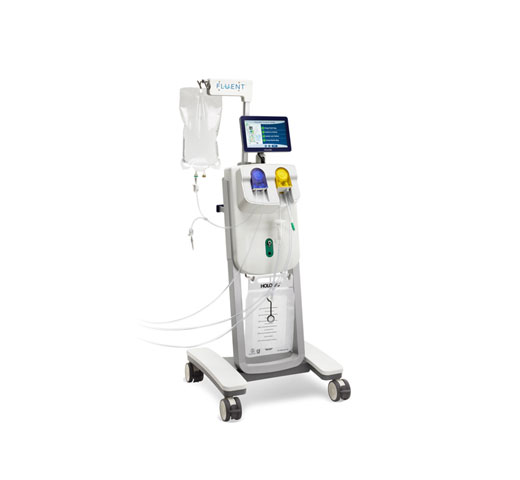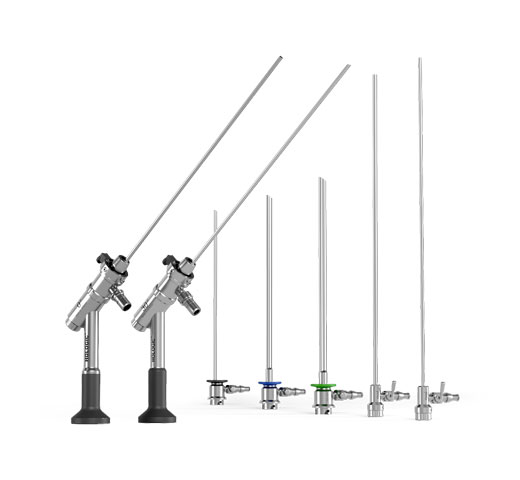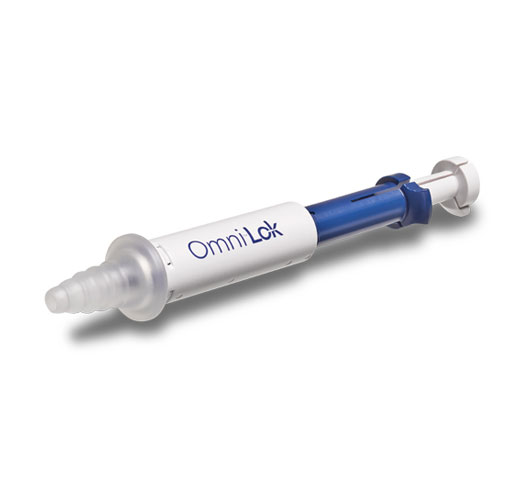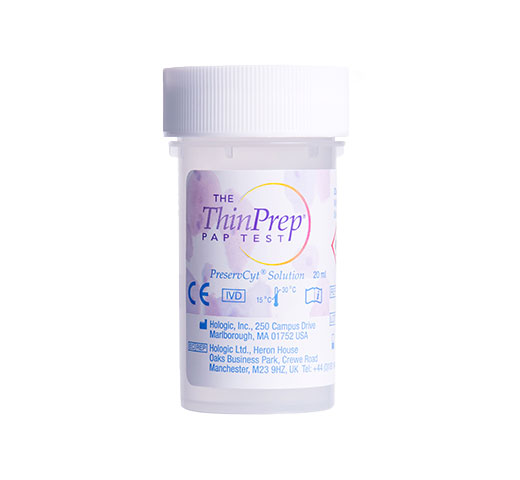Acessa® Laparoscopic Radiofrequency Ablation (Lap-RFA)
A clinically proven alternative to hysterectomy and myomectomy that addresses nearly any type of fibroid, including intramural.1

Addresses Nearly All Types of Fibroids
The Acessa procedure is a minimally invasive, outpatient treatment that involves two small abdominal incisions. It uses controlled radiofrequency energy and heat to cause coagulative necrosis of the fibroid tissue. The treated tissue softens and shrinks over time, allowing fibroid symptoms to resolve with no suturing of the uterine tissue.2
Elevating the Standard of Care for Women
Minimal Discomfort
Minimal discomfort after the procedure.2
Limited Down Time
Quick return to work after 4-5 days.2
Long Term Results
Long term satisfaction and relief.2

Improving Patient Care is Within Your Control
For many women, the diagnosis and treatment of uterine disorders is a long, painful and frustrating journey. Our team pioneers gynecological, diagnostic and surgical solutions that give professionals greater confidence in patient diagnosis and more choice over treatment options.
Acessa Laparoscopic Radiofrequency Ablation is part of the Hologic Uterine Health Portfolio.
Includes Treatment of Intramural Fibroids
Unlike many alternative interventions, the Acessa procedure optimizes imaging of the uterus by simultaneously displaying the laparoscopic camera view and the ultrasound view in real-time, so physicians can identify and treat nearly all locations of fibroids, including those outside the uterine cavity and within uterine walls.2
Image Gallery
Women Want Uterine Sparing Options
- 51% of women surveyed with fibroids indicated they wanted to keep their uterus.3
- 98% of women in a clinical study recommended Acessa.2
- 94% of women said the procedure helped with their symptoms.2
Evidence. Insight. Collaboration.
Our education portal improves patient care through excellence in education, communication of clinical and scientific evidence, and partnerships with the healthcare community.
Insights
- Havryliuk, Y., Setton, R., Carlow, J. J., & Shaktman, B. D. (2017). Symptomatic Fibroid Management: Systematic Review of the Literature. JSLS: Journal of the Society of Laparoendoscopic Surgeons, 21(3). doi: 10.4293/jsls.2017.00041
- SG Chudnoff, et all. Outpatient Procedure for the Treatment and Relief of Symptomatic Uterine Myomas. Obstetrics and Gynecology, 2013;121(5):1075-82
- Borah, Bijan J. et al. The impact of uterine leiomyomas: a national survey of affected women. American Journal of Obstetrics & Gynecology, October 2013, Volume 209, Issue 4, 319. e1—319.e20

